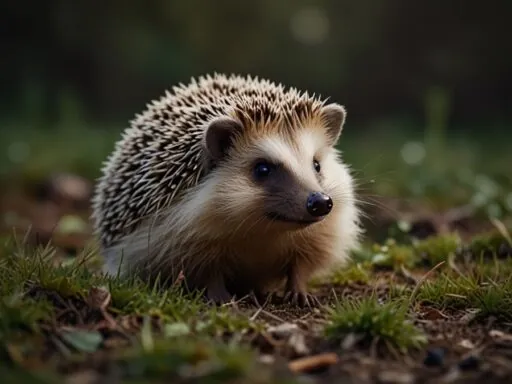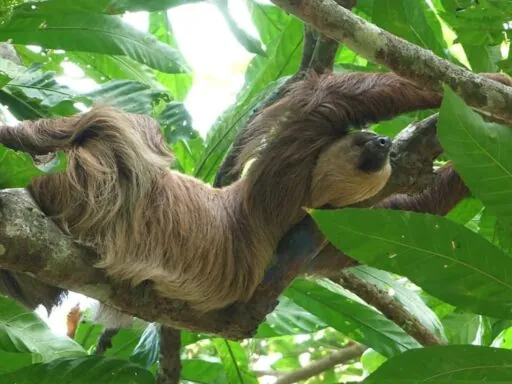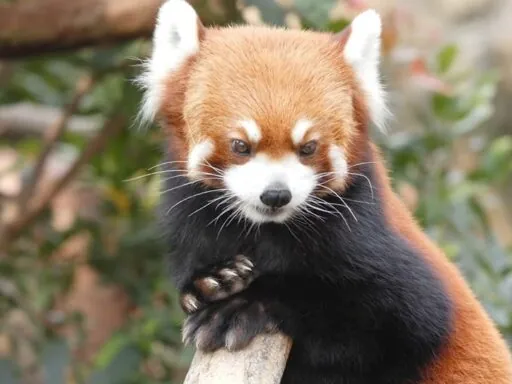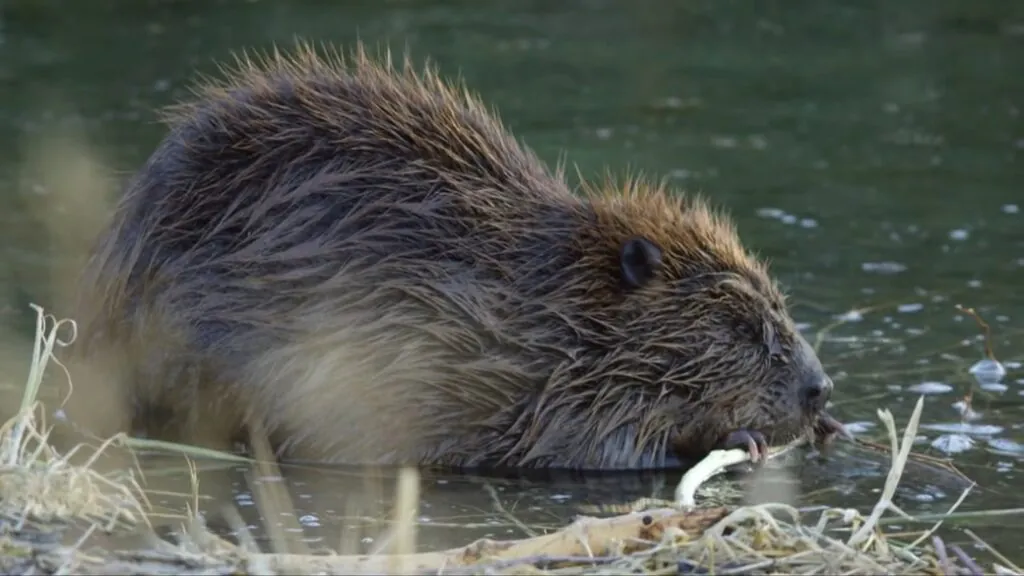
Hey there! Ever wondered about those busy builders of the animal kingdom? Let’s dive into some fascinating beaver facts! From their impressive swimming skills to their knack for engineering, there’s so much to learn about these semi-aquatic rodents. Join us as we explore their habitat, behavior and the important role they play in our ecosystems. Stick around to discover why these creatures are making a remarkable comeback across Europe!
1. Physical Characteristics
Beavers are large semi-aquatic rodents, measuring around 70-100cm in length with a tail of 30-40cm. They have stocky bodies, short legs with webbed toes, and flat hairless tails. Their coat is thick and brown with a short, waterproof undercoat. Eurasian beavers weigh between 18-30kg.
2. Habitat and Distribution
Over 85% of Eurasian Beavers live in Europe. Once widespread across Europe and Asia, they could be found from the UK to eastern Siberia. Beavers usually inhabit freshwater habitats surrounded by woodland, but they may also be found in agricultural land or built-up areas.
3. Gnarly Gnawing Gnashers
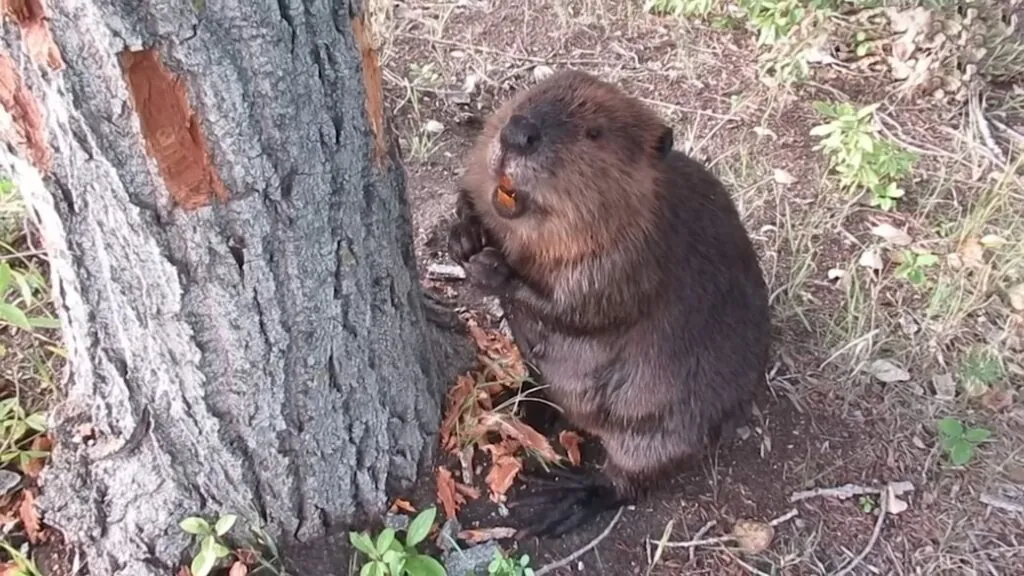
Beavers have distinctive orange teeth due to iron in their enamel, making their teeth strong enough to gnaw through wood.
4. Super Swimmers
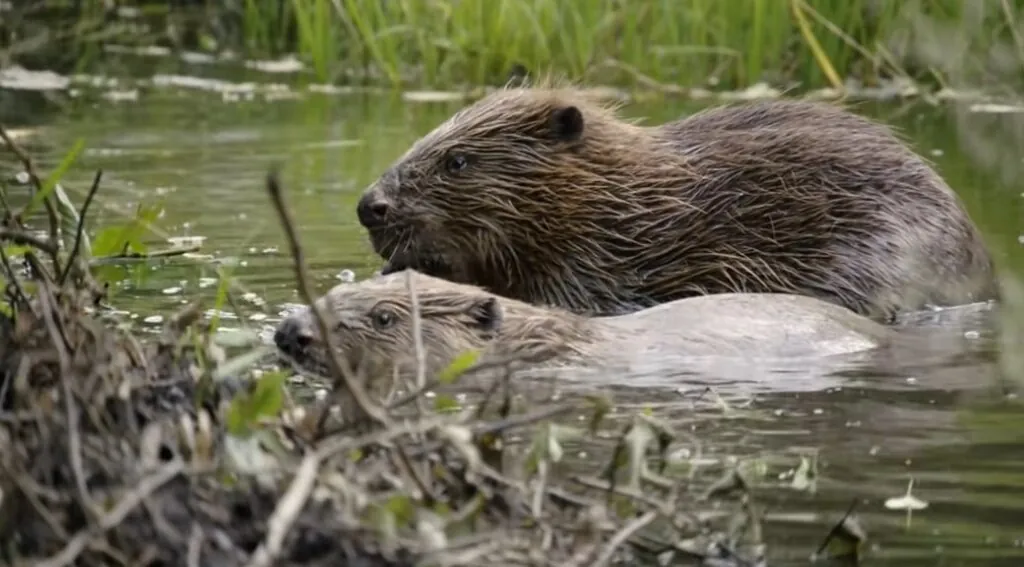
Beavers can swim at speeds of up to five miles per hour, more than double the speed of the average human.
5. Expert Divers
They can hold their breath for up to 15 minutes underwater and have a transparent third eyelid to protect their eyes when swimming – one of the striking beaver facts.
6. Diet
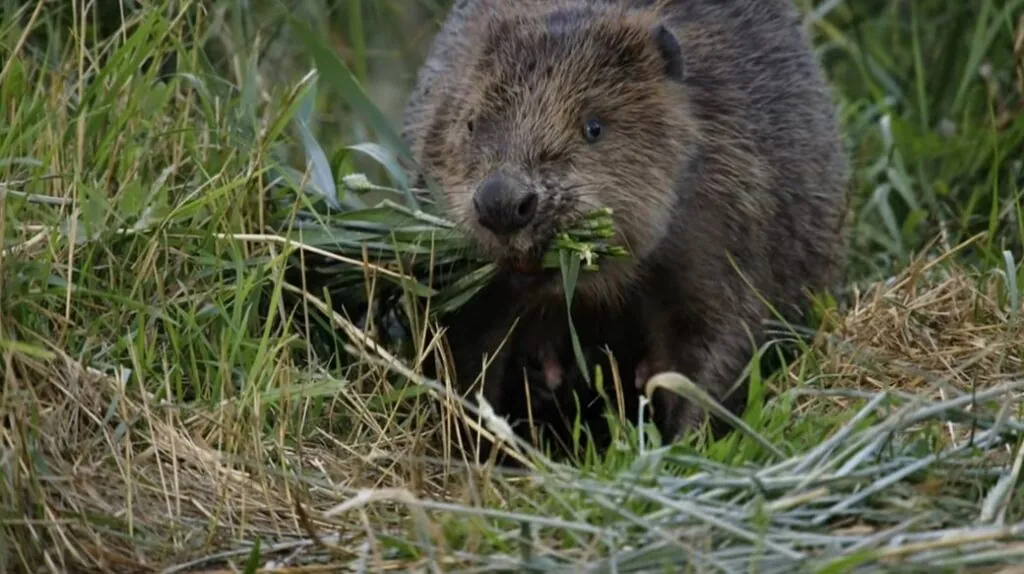
A Beaver’s favorite food is aspen and willow. They feed entirely on plants, including tree bark and other vegetation on land and in the water. Beavers stash away food in the autumn to see them through the winter.
7. Ecological Impact
Beavers impact the land around them through activities such as damming small waterways, burrowing, and felling trees. While they can bring ecological benefits, conflicts with humans, including farmers and foresters, can lead to their persecution if not managed effectively.
8. Ecological Benefits
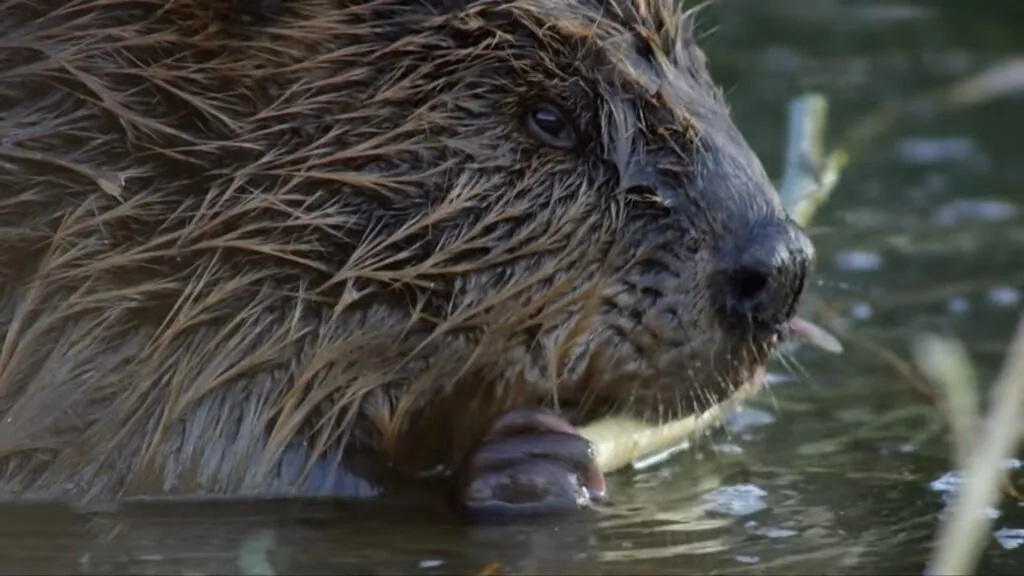
Beavers play a crucial role in controlling the flow of water, supporting the restoration of waterways needed to respond to climate change and mitigate extreme weather events such as flooding. They also contribute to habitat diversity by coppicing trees, providing deadwood habitat, and allowing sunlight to reach the understory vegetation.
9. Conservation Status
Beavers are classified as endangered in Great Britain due to historic over-hunting for their fur, meat and castoreum, combined with loss and degradation of their wetland habitat. On the related note, got the scoop of International Beaver Day?
10. Conservation Success
Despite their endangered status, Eurasian beaver populations are making a comeback. With around 1.5 million individuals in the wild and rapidly expanding populations across Europe – one of the incredible beaver facts. It happened mainly due to hunting bans and reintroduction programs, the future looks promising for these industrious rodents.
